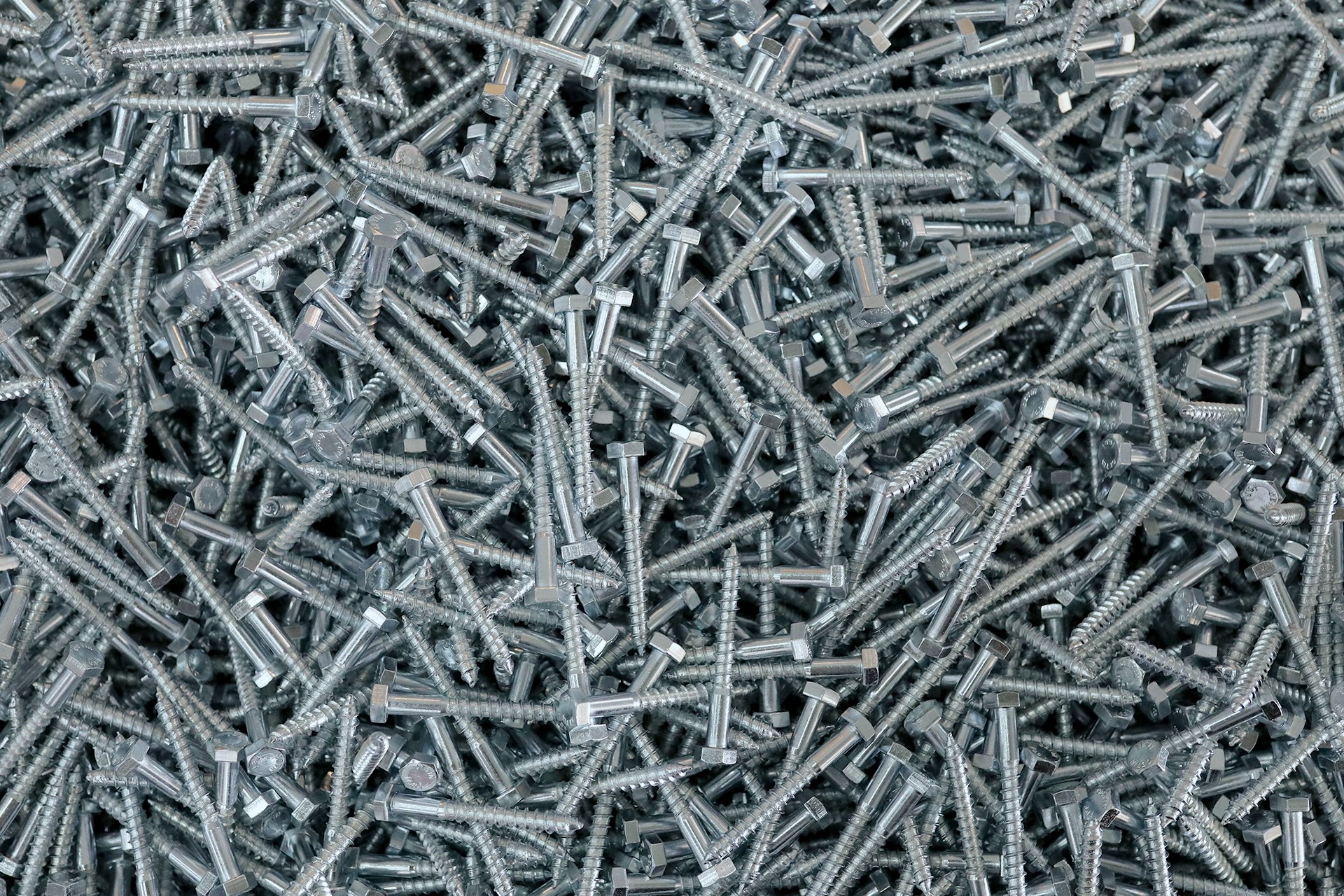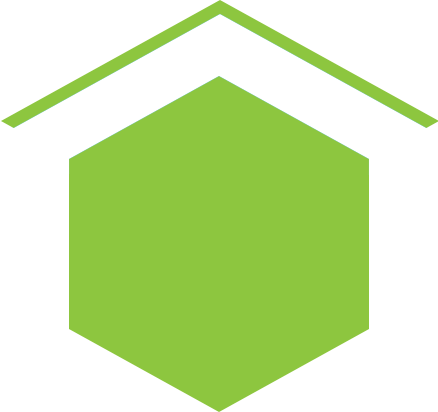...
Acidic zinc coatings are frequently preferred by many sectors today due to being more economical and brighter than other zinc processes. With the purpose of protecting iron and steel alloyed products against corrosion, the protection of the base metal without corrosion is ensured by forming a thin film layer with the electrolysis method.
Following the coating process, its noncorrosive period is prolonged by the application of a secondary thin film layer called passivation. A decoratively better appearance and range of colors can be obtained with different passivation options. Besides, in order to develop the corrosion resistance and various mechanical properties (coefficient of friction range), following the coating, an external lacquer application can be made.
Passivation Types;
⦁ Cr+3 Yellow Passivation
⦁ Cr+3 Black Passivation
⦁ Cr+3 Blue Passivation
Its Advantages;
⦁ Bright and outstanding cosmetic appearance
⦁ Economical price
⦁ Noncorrosive, coating of hard-surfaced and casting materials
⦁ Fast process
⦁ Environmentally friendly
⦁ Having alternatives in every color (Blue-Yellow-Black-Green-Turquoise)
Technique;
⦁ Resistance to red rust salt test from 96 hours to 400 hours according to ISO 9227
⦁ Min. 5 microns of coating thickness
⦁ The coefficient of friction in (0,09-0,14) or (0,12-0,18) ranges

Alkaline Zinc Coating is preferred due to having high corrosion resistance, its bright appearance and more economical than alloyed coatings. With this coating, the homogenous distribution of coating thickness is ensured on the surface.
The corrosion resistance is increased with carious sealers to be applied onto the zinc coating or the property of the coefficient of friction in various ranges can be gained.
Passivation Types;
⦁ Cr+3 Yellow Passivation
⦁ Cr+3 Black Passivation
⦁ Cr+3 Blue Passivation
Its Advantages;
⦁ Homogeneous coating distribution
⦁ High corrosion resistance
⦁ Property of good adhesion on a metal surface
⦁ Environmentally friendly
Technique;
⦁ Resistance to red rust salt test from 96 hours to 400 hours according to ISO 9227
⦁ Min. 5 microns of coating thickness
⦁ The coefficient of friction in (0,09-0,14) or (0,12-0,18) ranges



